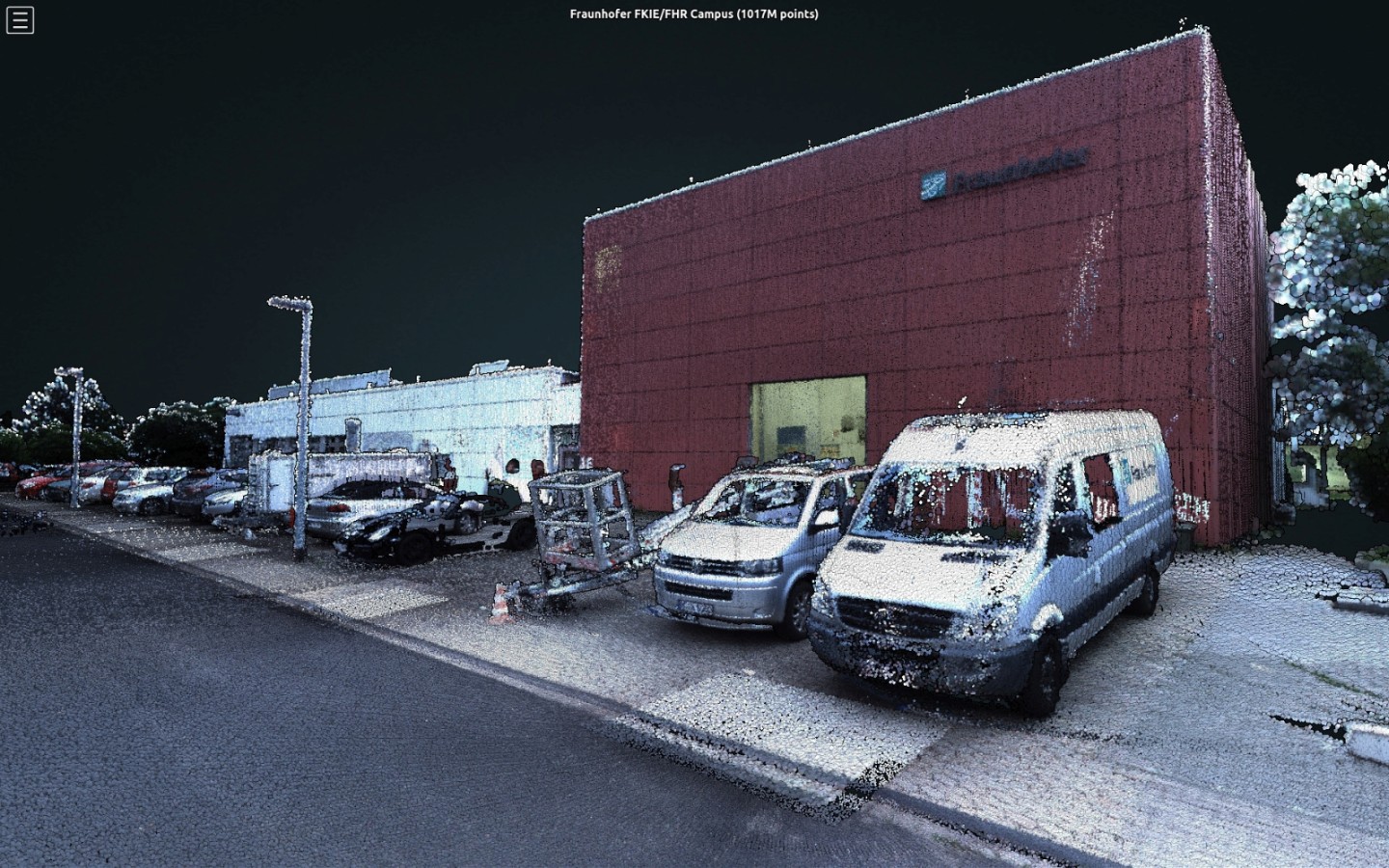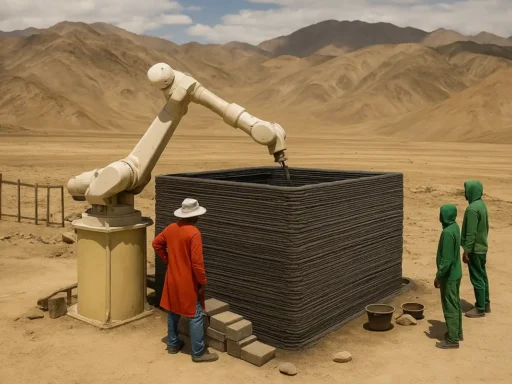Researchers at the Fraunhofer Institute for Communication, Information Processing and Ergonomics (FKIE) have come up with a novel way of 3D modeling hazardous environments.
Working as part of the ‘3D-InAus’ project, the team have developed an innovative robot capable of emitting laser light pulses on the move to build a picture of the area around it. In cases of major incidents like floods or chemical leaks, it’s thought that the device could help manage the situation, by delivering a geometrically accurate model of the scene at hand.
Sending a person into crisis situations like these carries a significant health risk, but the FKIE bot is robust enough to withstand such conditions, while being easily controllable by joystick.
According to Timo Röhling, the project’s technical manager, this scanner “goes a step further” than existing designs, as it yields “distances and dimensions that aren’t estimated,” they’re accurate down to a few centimeters. In fact, he boasts that buildings, open spaces, and objects can all be turned into “vivid, detailed, and geometrically accurate” 3D models.
The device itself is essentially a LiDAR laser module with a built-in mirror, mounted to a rotating turntable. As it turns, it digitizes 16 vertical ‘slices’ at a time, building a full 360-degree picture of a given area at a speed of 1.3 million pulses per second. Once attached to a vehicle, this assembly can then be driven around disaster zones, digitizing statically or on the go.
Interestingly, the Fraunhofer device features an onboard computer module that pre-processes point cloud data, saving time when capturing large environments. As a result, it’s thought that getting an initial assessment of a 400-meter disaster zone would take just 1 hour, with a full picture requiring around three hours to put together.
Also fitted with toxic gas sensors, the unique little scanner is even capable of navigating without GPS, using captured terrain data to work out its own internal map of unknown locations.
Commissioned by the Bundeswehr, Germany’s armed forces, the team’s scanning bot could one day save lives, by ensuring the safety of dangerous areas where humans dare not tread.






